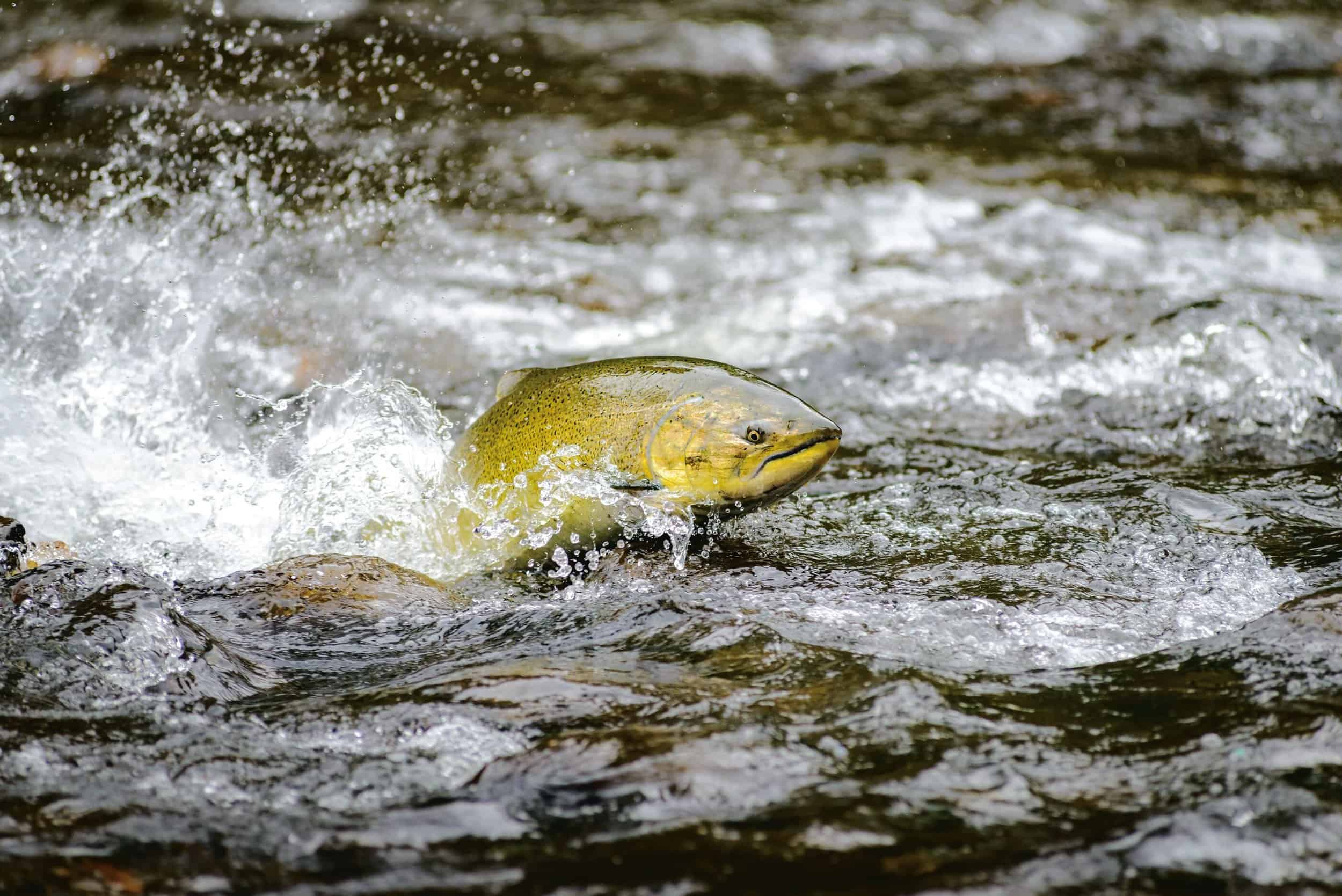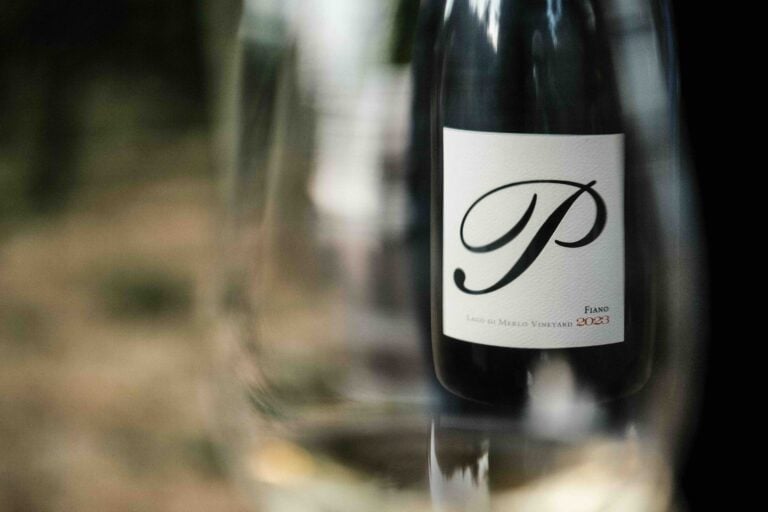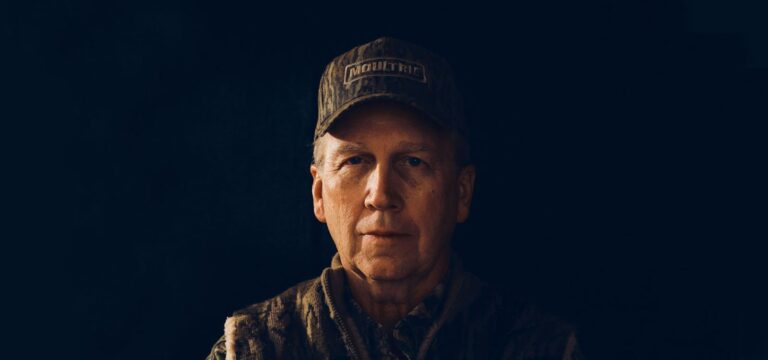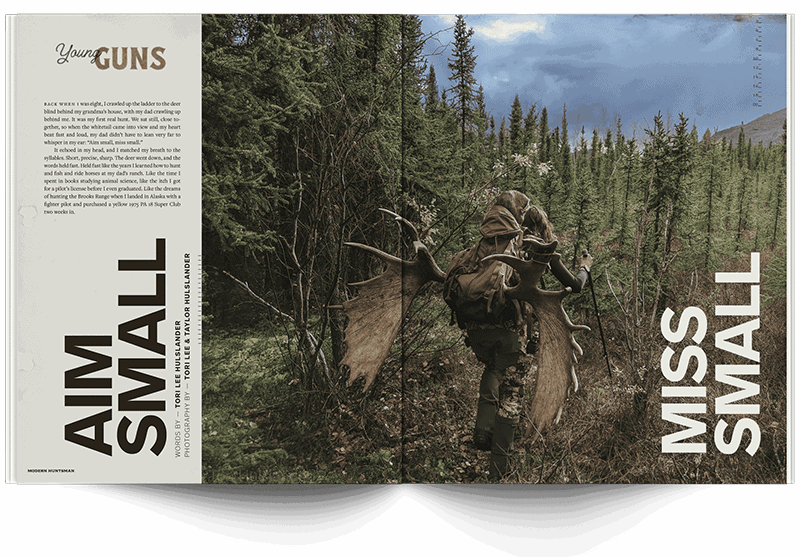PART I WORDS BY Charles Post
PART II WORDS BY Josh ‘Bones’ Murphy
PART ONE: EXTINCTION IS FOREVER
When salmon spawn and die, amazing things happen. The energy collected over months and years at sea is returned to the very waters they were born in. Their bodies feed the aquatic insects that will feed the next generation of wild salmon. Ravens, eagles, mink and bear will carry bits and pieces deep into the forest. Some of this will find its way into the soil to nourish the roots of ferns, alder and willow, which in turn will shade the creek, and help keep its waters cold through the summer months.
Some of the salmon will be carried into the ragged crowns of ancient cedar and spruce, where eagles have nested for generations. Young eaglets will be fed wild salmon so that they can grow quickly and strong. Some will end up in the canopy of these great trees, where entire gardens exist of wild berries, lichen, moss and liverworts. Below these towering gardens in the sky, wolves will pick up the scent of wild salmon. Coastal wolves have waited all year for their return. Like a bear, these sea wolves depend on these fish, so much so that their coats may turn a reddish hue from their salmon-rich diet. You see, wild salmon and the cool, clear waters that sustain them breathe life into these places. The fingerprints they leave behind reach far and wide across plants and animals, fungi and soil.
Back in 2010, I had a sticker on my car that read “No Pebble Mine.” As a young, excited freshwater ecology student at UC Berkeley, I soaked up lectures from professors who explained the mine in detail, what was at risk




